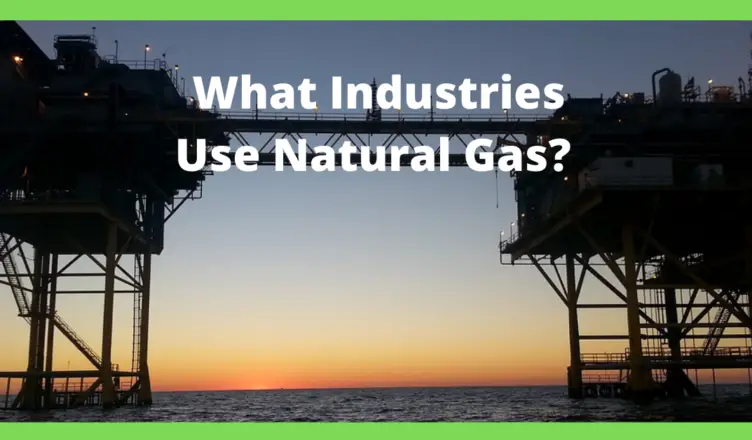Upstream gas sub-sector of the petroleum industry is going through a crisis today, and you could be wondering what the future holds.
Upstream oil production is the process of locating and extracting crude oil and natural gas reserves. This process is commonly referred to as exploration and production (E&P).
Petroleum sector is broadly divided into three areas:
- Upstream – We are discussing this today and it involves exploration and production of hydrocarbon resources. The segment primarily involves the processes of exploration, development and production of crude oil and natural gas.
- Midstream – This involves storage, refining and transportation of the crude oil into consumable oil and gas products..
- Downstream – This mainly involves supply and distribution of petroleum products. This is the way by which the refined products are made available to the consumers.
What Upstream Means
In the hydrocarbon industry, upstream is a term that is used to describe the activities that involve exploration and production.
Upstream firms deal mainly with the looking for oil and gas resources. However, there are upstream companies that are integrated, meaning they combine upstream activities with midstream and downstream operations.
Upstream Gas Industry Explained
The upstream sector of the oil and gas industry includes all the steps involved from the preliminary exploration through the extraction of the resource.
Upstream companies can be involved in all the steps of this phase of the life cycle of the oil and gas industry, or they may only be involved in part of the upstream sector.
Another name for this oil sector, which is actually more representative of what occurs in this stage of development of an oil asset or natural gas asset, is the exploration and production (E&P) sector.
Upstream Gas Process
Oil and gas exploration is an important part of the upstream sector. Petroleum exploration requires new techniques, and the technology available of petroleum exploration is rapidly advancing.
Exploration starts in an area that has high potential to hold a resource, usually due to the local geology and known nearby petroleum deposits.
In a high-potential area, further exploration is completed to delineate a resource. Geophysical and geochemical analysis is done using techniques including induced polarization (IP) surveys, drilling and assaying, electrical currents, and so on.
In the exploration phase, the goal is to locate and estimate the potential of a resource. If an area shows potential to host a resource, exploratory wells are drilled to test the resource.
In the oil and gas sector, test drilling is an important component of the exploration phase. In the event that the exploratory well is successful, the next step is to construct wells and extract the resource.
Upstream companies also operate the wells that bring the crude oil or natural gas to the surface.
Conclusion
In conclusion, the current oil and gas crisis in the world requires clear and thoughtful leadership. With low crude oil prices, delayed upstream projects and health pandemic, it will require a new kind of thinking to come out of this downturn.
